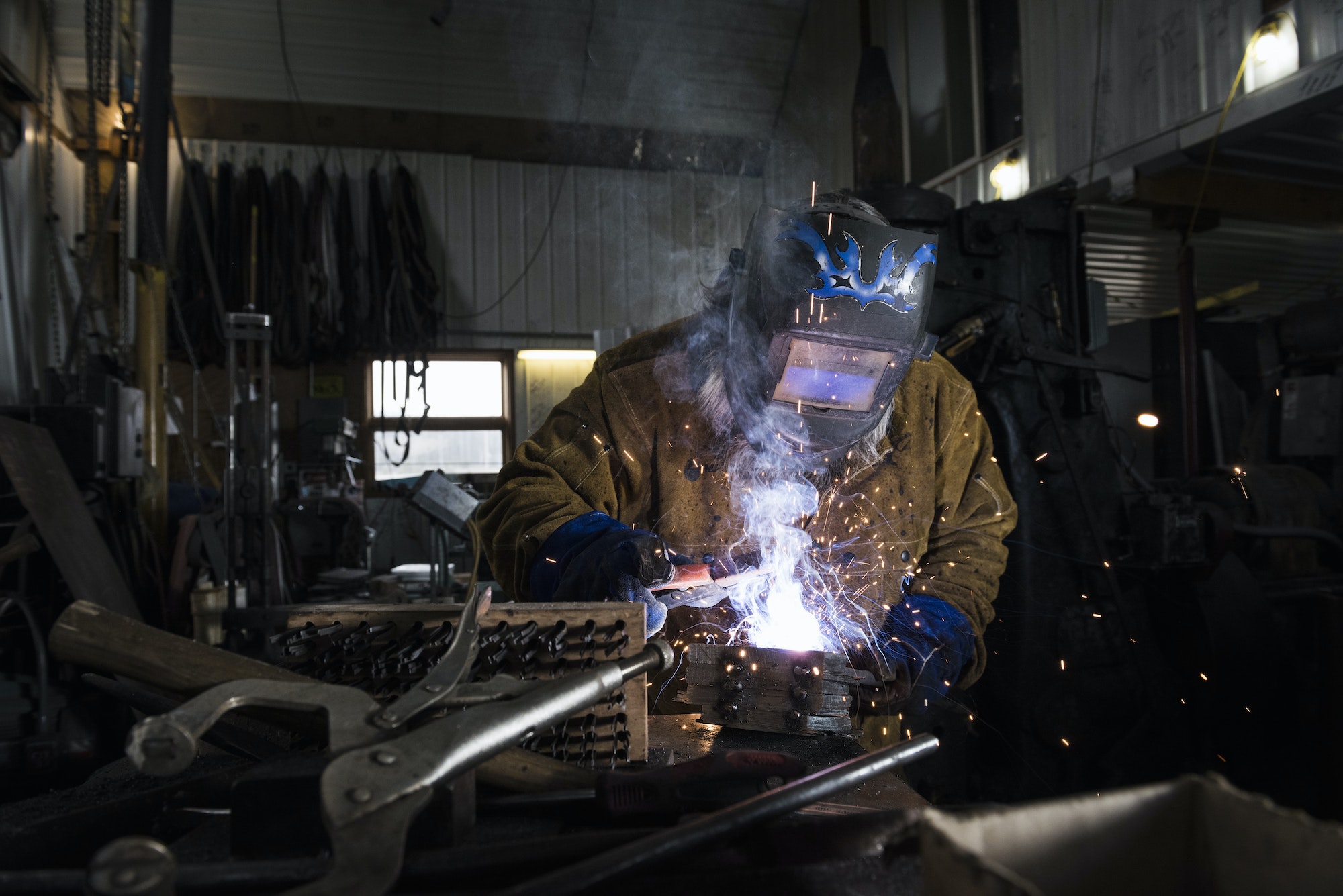In the dynamic landscape of modern business, change is often inevitable. Whether you’re expanding your operations, seeking better facilities, or relocating for strategic reasons, moving your office to a new location can be a pivotal moment for your organization. However, this transition comes with its own set of challenges, from logistical hurdles to maintaining productivity amidst the upheaval. With careful planning and execution, you can navigate the process smoothly, ensuring minimal disruption to your business operations and maximizing the benefits of your new workspace.
1. Planning and Preparation
The key to a successful office move lies in meticulous planning and preparation. Begin by assembling a dedicated team or appointing a project manager to oversee the relocation process. Establish clear goals and timelines, taking into account factors such as lease agreements, renovation schedules, and logistical constraints. Conduct a thorough assessment of your current office space and inventory to determine which items will be moved, disposed of, or stored. Create a comprehensive checklist of tasks, including packing supplies, transportation arrangements, and communication plans.
2. Logistics and Coordination
Once you have a solid plan in place, it’s time to tackle the logistical aspects of the move. Secure appropriate transportation for your office furniture, equipment, and supplies, whether it’s hiring professional movers or coordinating with internal resources. Obtain any necessary permits or permissions for the new location, ensuring compliance with local regulations and building codes. Communicate regularly with your team, vendors, and service providers to coordinate schedules and address any concerns or issues that may arise during the transition.
3. Packing and Organization
Efficient packing and organization are essential for a smooth office move. Start by decluttering and organizing your workspace, disposing of any unnecessary items or outdated equipment. Invest in quality packing supplies, such as sturdy boxes, bubble wrap, and packing tape, to ensure the safe transportation of your belongings. Clearly label each box with its contents and destination within the new office, making unpacking and setup easier and more efficient. Prioritize the packing of essential items first, such as computers, files, and office chairs, to minimize downtime and maintain productivity.
4. Setting Up the New Workspace
Upon arrival at the new location, focus on setting up the workspace efficiently and effectively. Begin by positioning furniture and equipment according to your floor plan, taking into account factors such as workflow, accessibility, and ergonomic considerations. Install any necessary utilities or amenities, such as internet connectivity, phone lines, and utilities, to ensure a seamless transition. Encourage collaboration and teamwork by creating designated areas for meetings, brainstorming sessions, and social interactions within the new office layout.
5. Communication and Engagement
Throughout the relocation process, communication is key to keeping your team informed, engaged, and motivated. Provide regular updates and progress reports on the status of the move, addressing any questions or concerns that may arise along the way. Encourage open dialogue and feedback from your employees, soliciting their input on the new workspace design and functionality. Celebrate milestones and achievements throughout the relocation process, recognizing the hard work and dedication of your team in making the transition a success.
6. Follow-Up and Evaluation
Once the move is complete and your team has settled into the new workspace, it’s essential to conduct a thorough follow-up and evaluation of the relocation process. Solicit feedback from your employees on their experiences with the move, identifying any areas for improvement or adjustment. Assess the impact of the relocation on your business operations, measuring factors such as productivity, efficiency, and employee satisfaction. Use this information to refine your processes and procedures for future relocations, ensuring continuous improvement and optimization.
In conclusion, moving your office to a new location is a significant undertaking that requires careful planning, coordination, and execution. By following these steps and guidelines, you can navigate the relocation process smoothly, minimizing disruptions to your business operations and maximizing the benefits of your new workspace. With proper preparation and communication, you can turn this transition into an opportunity for growth, innovation, and success for your organization.
Discover more from Futurist Architecture
Subscribe to get the latest posts sent to your email.



